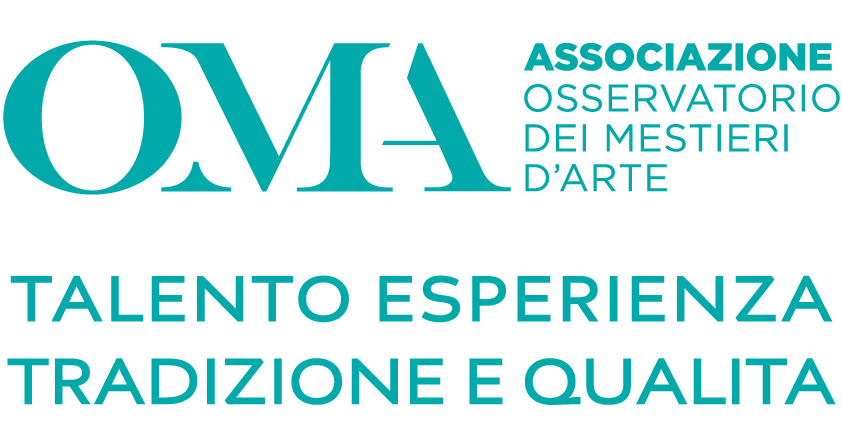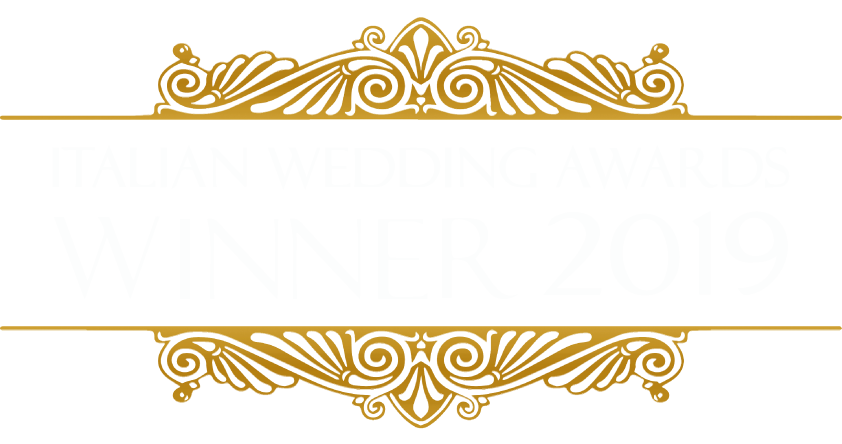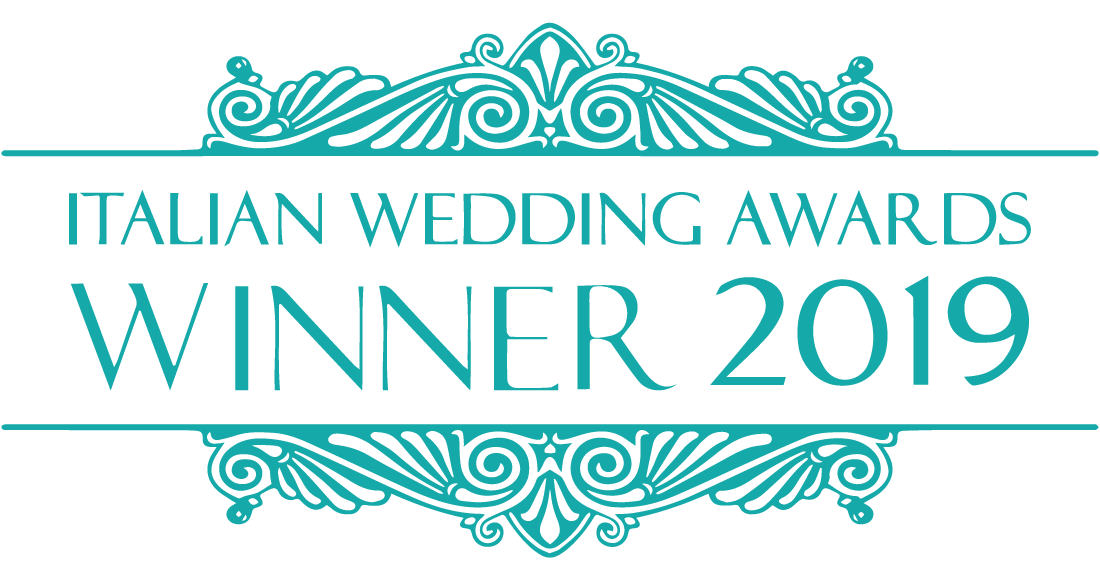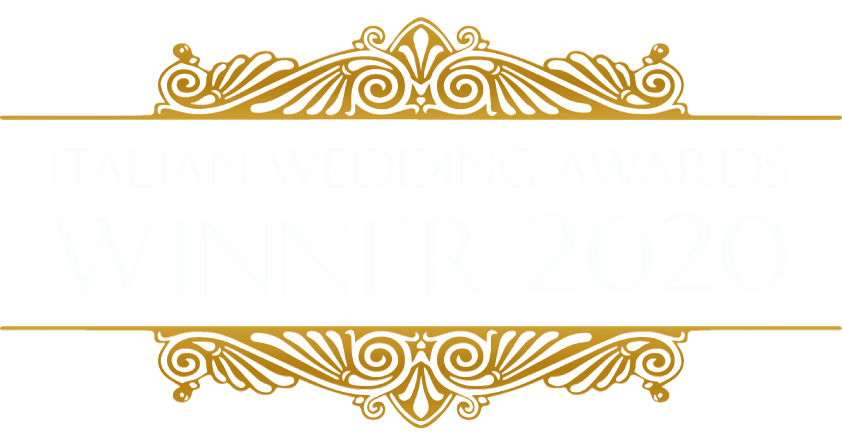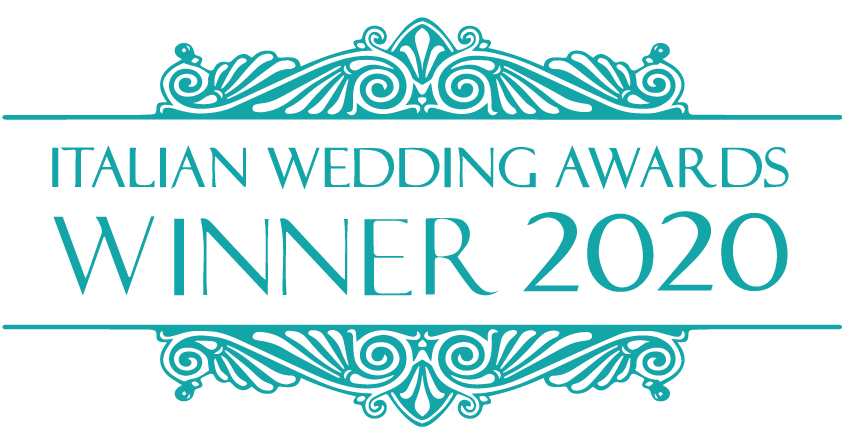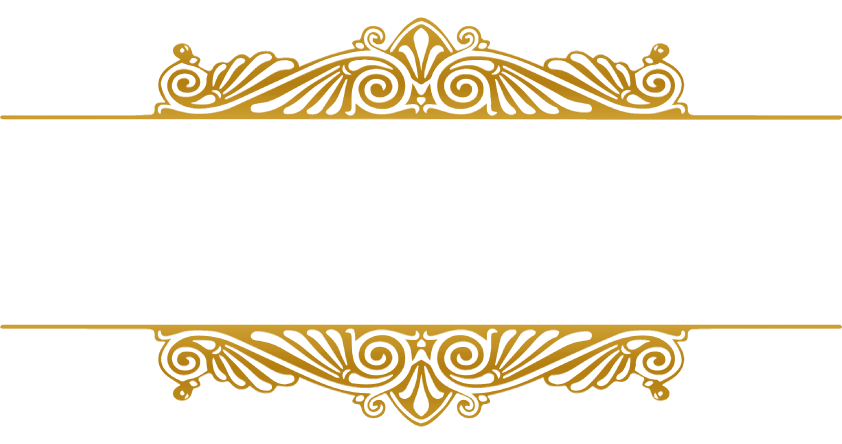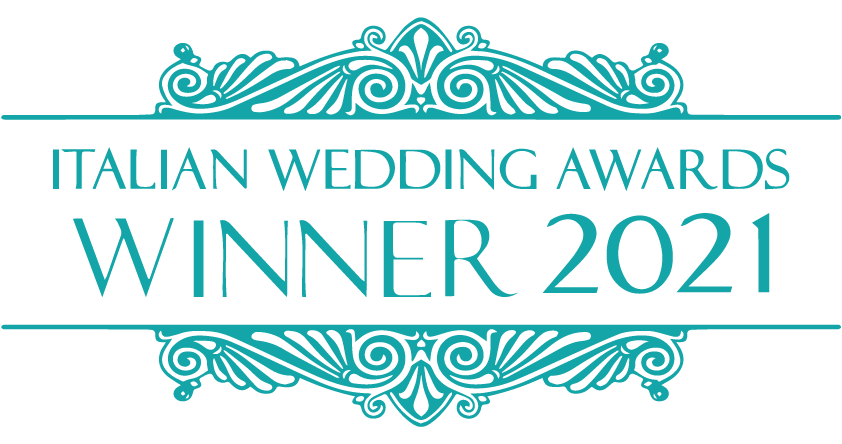Distinguishing a precious stone requires equally valuable ... advice. Read this article: you will learn to distinguish a true diamond from a fake one. I present an overview of general information about
diamonds.
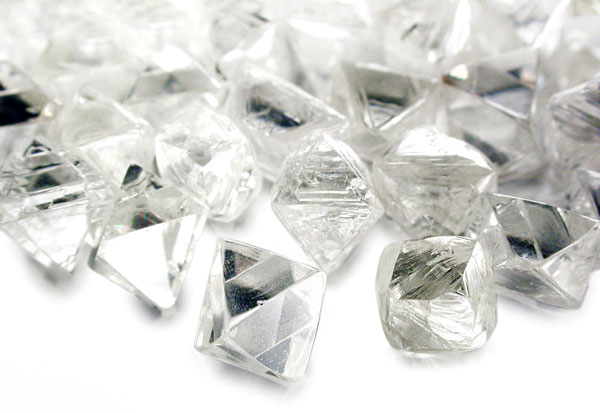
The advice that is given is not always the solution to the doubts and curiosities held. For this reason, today I propose a method that guarantees you the possibility to recognise a real diamond from a
fake one, or better still, to recognise who you are facing in order to know, with certainty, the authenticity of the material you wish to acquire, as either a gift or investment.
WHAT IS A DIAMOND?
A diamond is one of the forms in which carbon presents itself. It is an extremely hard stone, the quality from which it gets its name. The term ‘diamond’ comes from the Greek word ‘Adamas’, meaning “indestructible”.
Why do diamonds cost so much?
A diamond can cost up to 52 thousand euros per carat. Too much? To extract a diamond from a carat of high quality, that is one which is without colour or carbon traces, it is necessary to extract and process about 250 tons of kimberlite, the eruptive rock in which it is often hidden.
It is also worth knowing that the diamond:
Forms at a depth of 150 kilometres, where the temperature is 1300 degrees and the pressure at
70,000 atmospheres.
In its raw state it is hardly distinguishable from a common pebble. The ability of the cutter allows the
sparkling beauty of this gem to come to light.
Rarity, difficulty of extraction, and processing are therefore three factors that have made the diamond become ‘the’ precious stone par excellence, fixed in our collective imagination thanks to quotes in films, songs, books, and phrases of love (maybe many of those who are reading this article will have even said at least once to their partners " you have beautiful eyes like diamonds").
Where are diamonds found?
To this question, many would dream of an answer such as: "Look in the kitchen pantry, there must be one there". But the truth is otherwise. Joking aside, the diamonds are found inside the mantle of the earth or in the ocean floor, brought to the surface by various methods of extraction (in a subsequent article I will reveal how the diamonds are extracted). This is not the only place they are found however.
Small diamonds have also been found in meteorites that fell many millions of years ago onto our planet. If you have not already looked out the window in hopes of finding traces of multimillion-dollar meteorites, continue to read the article. In the next section, I will reveal five characteristics useful in considering the value and quality of a Diamond.
First though, let me explain the difference between a diamond and a brilliant. Many tend to confuse the two terms, where there is actually a big difference.
When it comes to the term diamond, reference is made to the raw material. The term brilliant, however, refers to the type of cut with which the diamond is worked. At the end of this process, the stone will be characterised by the facets, of which there must be at least 57.
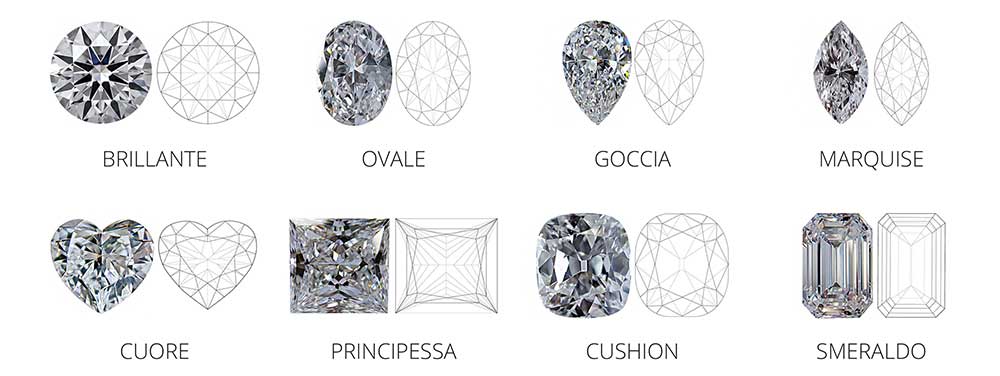
The brilliant cut can be administered to every type of gem. For example, you can have a brilliant cut ruby, a brilliant cut sapphire etc. If we talk about a brilliant without other specifications we are refering to a diamond.
It is worth remembering that the brilliant is just one of the commonly used cuts (Pear, Marquise, Heart for example, etc. are simply types of cut). Unfortunately, this word is sometimes thrown into play to deceive unwary buyers. The brilliant, beyond a term that evokes stones of inestimable value, remains only a method of classification. So, when you hear about, for example, a brilliant cut zircon, remember that you are still facing a rather common stone, reproduced by man, in the laboratory, but cut in a "brilliant" way.
Before moving on, I wish to clarify a fundamental point concerning perhaps the most important aspect of dealing with a gem; that is the reliance on skilled and specialised personnel.
Here is where we get to the point.
How can I be sure that what I'm buying is authentic or not? The first question I would ask myself in your shoes is: Who is my interlocutor? Is he just a trusted person or is he a professional? And in such case, how can I recognise this? Knowing if he is a gemologist or a certified expert makes a difference, but it also makes a difference knowing if this person will put at my disposal all of the available equipment necessary to verify the data that the gemological certificate, for example, brings with it.
But what makes the biggest difference of all is knowing if they will break the seal and set the diamond in my presence, immediately after checking the stone with the appropriate instruments.
Many believe that this kind of activity is solely for insiders. This is true in a sense, but it is also true that many of the basic checks can be undertaken by anyone. Many Institutes organize mini-workshops for children, where they show the charm and details that nature creates and gives us. As far as I'm concerned, I offer my clients, together with their purchase, a mini-course aimed at making them aware of the absolute authenticity of the purchase they are making. In this sense, I guide the client step by step to discover the secrets that each precious stone holds. Firstly to break the seal, then to the microscope, then to the analysis of colour (thanks to comparison gems), then to the UV lamps for fluorescence, gauge, balance, and finally to the assembly, all in the presence of the customer. Certainly all of this will not only guarantee everything during the purchase but will allow you to have a unique experience.
The 4 Cs of every diamond.
Colour, Clarity, Cut and Carat.
These are the 4 Cs; the four fundamental characteristics of the valuation of a diamond.
The Colour of the diamond
The first scale that allowed an assessment of diamonds based on colour is from 1930. "Old Terms" schooled for a decade, until the advent, in 1940, of the classification G.I.A., the Gemological Institute of America. This scale is alphabetic and goes from D (Exceptional White +) or colourless diamonds, the most expensive, and goes up to the Z of Coloured.
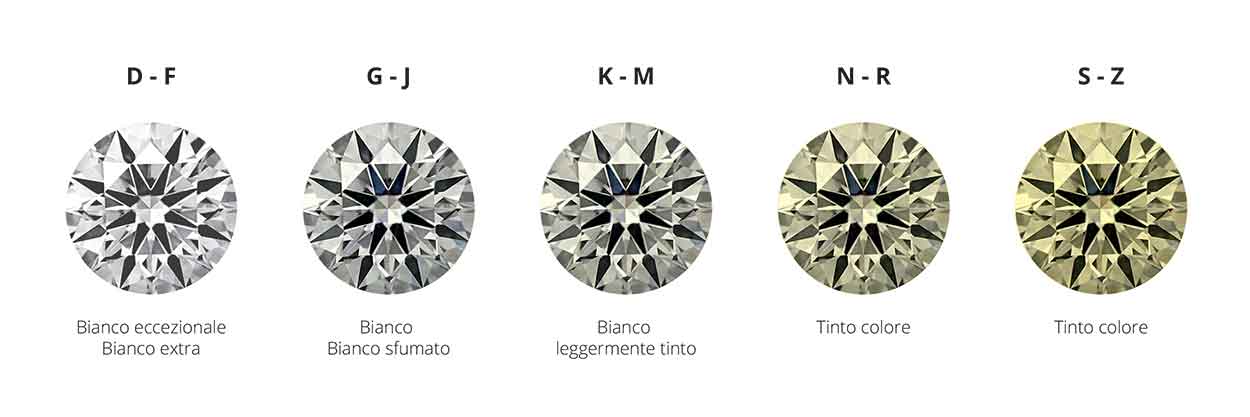
The Clarity of the diamond
It is essential to evaluate the code that classifies the diamond based on Clarity. The GIA provides the following scale:
- FL= Flawless: No inclusions or blemishes are visible to a skilled grader using 10x magnification. It is the maximum level of clarity. They are the rarest and most expensive stones.
- IF= Internally Flawless: No inclusions, only blemishes are visible to a skilled grader using 10x magnification.
- VVS1, VVS2= Very, Very Slightly Included: Inclusions are difficult for a skilled grader to see under 10x magnification. VVS1 inclusions are typically only visible from the pavilion, while VVS2 inclusions are visible from the crown. In each, the inclusions are invisible to the eye, appearing identical to the higher grades unless viewed under 10x magnification by a skilled grader.
- VS1 and VS2= Very Slightly Included: Inclusions are clearly visible under 10x magnification but can be characterised as minor. Inclusions are not visible to the naked eye. Perhaps 1 in 100 untrained observers can detect VS2 inclusions with the naked eye, on close inspection under ideal conditions.
- SI1 and SI2= Slightly Included: Inclusions are noticeable to a skilled grader using 10x magnification. SI1 is the lowest grade with flaws often invisible to the naked eye. SI2 inclusions are usually visible to the naked eye, although they will require close inspection.
- I1, I2, I3 = Included: Inclusions are obvious under 10x magnification and may affect transparency and brilliance.

The Cut of the diamond
The cut allows the stone to release a very large amount of light. Try reading the letters of a newspaper through a diamond. It will be impossible, precisely because due to the high index of refraction. Unless of course, it's a piece of glass.
- A very good cut allows the light to be reflected from the facets and then come out from the top of the stone.
- A cut with too low a pavilion causes the light to come out before being reflected.
- On the contrary, a cut with too high a pavilion causes the light to come out from the opposite side

The most precious cut, and that which best expresses shine and symmetry, is the "ideal cut" (Hearts and Arrows)
- The maximum shine is obtained with the "hearts and arrows" cut, the most ideal cut (though the most expensive one, above all because in order to obtain it is necessary to eliminate most of the original rough diamond).

The Carat of the diamond
Even the numbers do their part, worth knowing in order not to be caught unawares regarding the carat. Many have heard of carat (ct), but how many know that the unit of measurement for gemstones corresponds to a fifth of a gram? The "point" is equal to 1/100 of a carat. For example, a 0.20-carat diamond can also be referred to as "20-point" diamond. It is essential to know that each diameter of the diamond will have approximately a reference weight as indicated in the table. If they are too different then either it is not a diamond or it is badly cut.

Diamond fluorescence
There is also another factor to consider, namely fluorescence. This is the phenomenon in which a diamond shows different colours (from whitish to bluish) when exposed to UV rays. This test is carried out by means of special UV lamps. The Gemological certification carries the degree of fluorescence, which can be:
- None
- Faint
- Medium
- Strong
- Very strong
The ideal fluorescence is None.
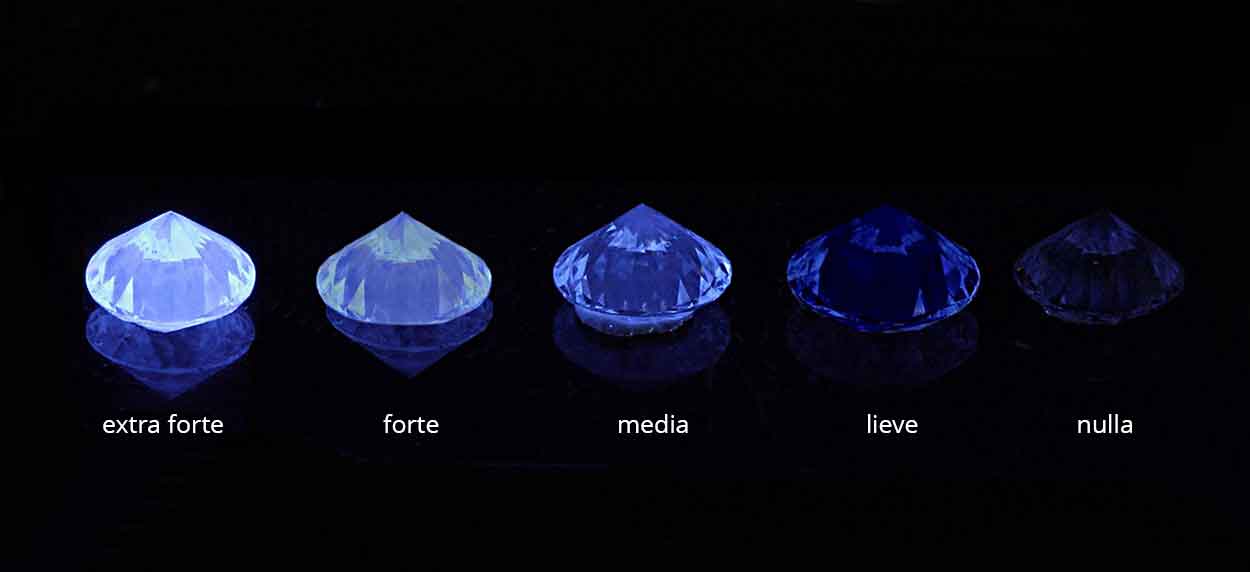
Expertise
The diamond has an effective value, but it can also be considered an investment for the future. Logic has it, therefore, that before incurring a cost it is necessary to take every precaution to make the purchase with total security.
In the article dedicated to how to estimate the value of a jewel, I explained that the opinion of an expert, or that of a gemological institute, can remove any doubt you may have regarded the actual quality of the precious stone.
In addition to my work as master goldsmith in Altamura, from 2010 I have been responsible for drawing up appraisals as a technical consultant on behalf of, and as registered official, at the Chamber of Commerce, Industry, Craft and Agriculture of Bari; the Court of Bari; the Italian College of Experts in Rome.
Do you have doubts about the authenticity of a diamond? Do you want to be present at the disassembly and the reassembly of your diamond? Ask for a free consultation, call me or send me an email.











